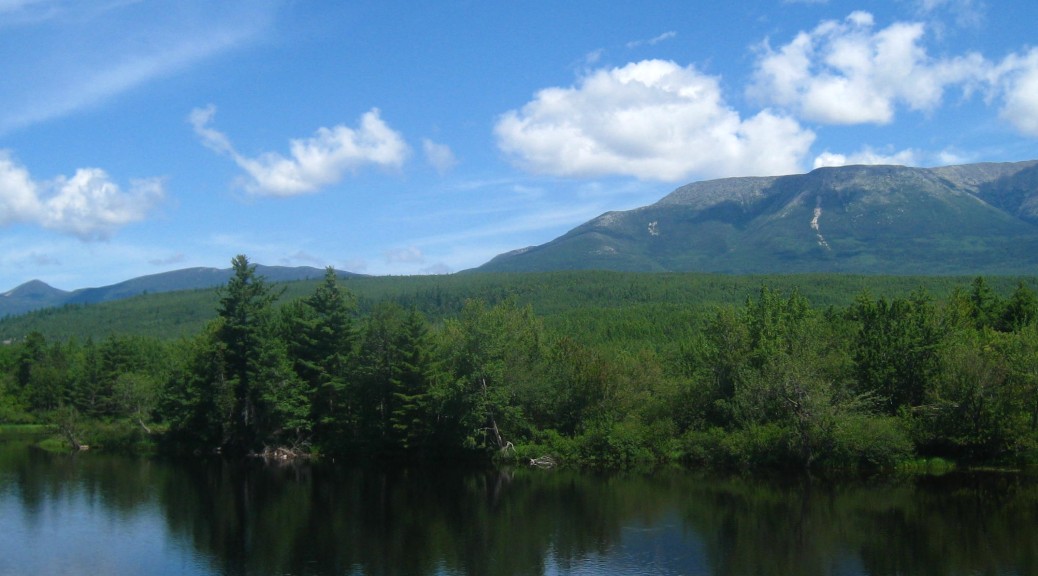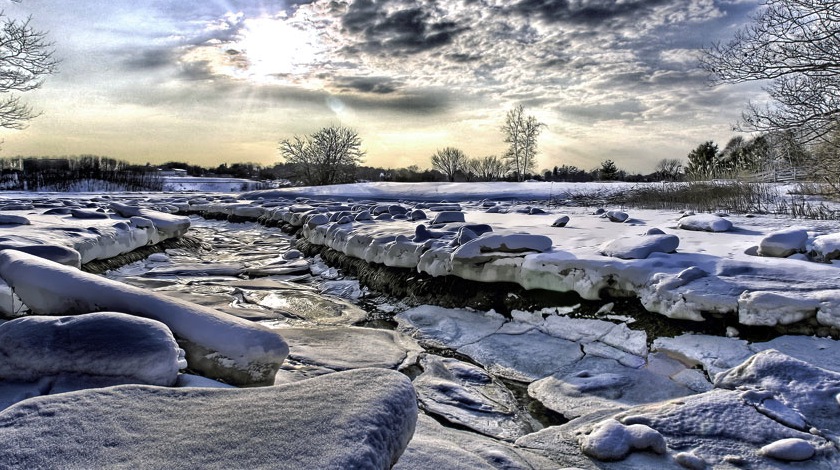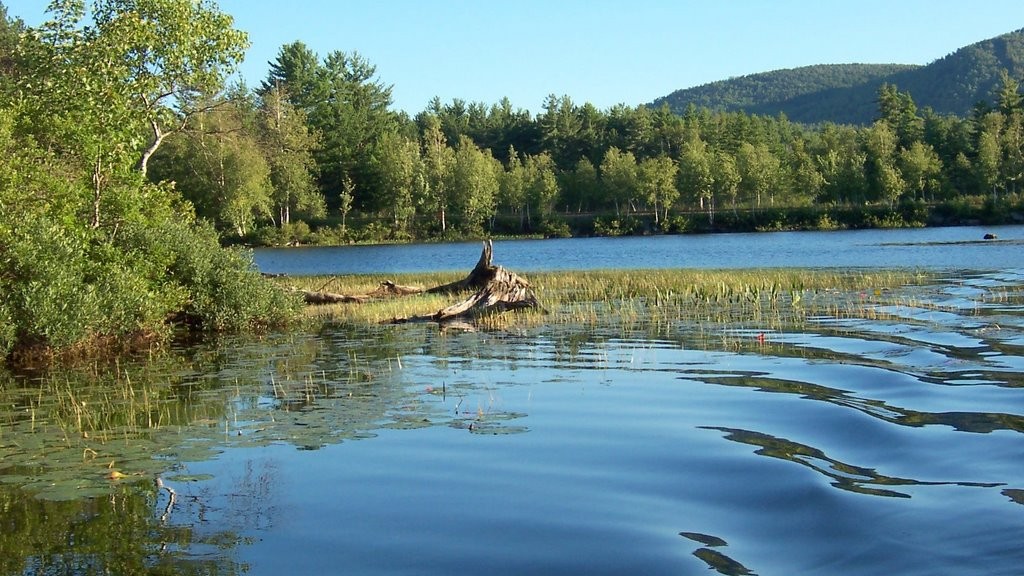Submit a full draft of the text of your story in a post. Use category “Full Draft”.
We’ll explore geotagging tools for place based storytelling developed by the PBS America’s National Parks Model.
The first module introduces Flickr-based geotagging of photos.
The second module explores how Google Earth can “help forge a stronger bond between community and place.”
The third module introduces techniques for digital storytelling including video editing, voice, over and special effects. Most of these use Windows software, so you’ll need to adapt for Mac applications for creating video-based stories . We’ll explore this third option later in the course for those interested in video.
Create Custom Map with New Google Maps/Earth
For more updated tutorials using the latest version of Google software, visit the Google Earth resources for creating Customs Maps, and embedding your map to a website. Your assignment is to create a Custom map with photos, text, links, and custom annotations. We will investigate these features, and the collaborate extensions of these custom maps in our Class Story Portal.
Gather materials, data, examples, for your project (due Feb 25)
Review the Journal Tips in your group sharing the best tools, tips, apps, and approaches to gathering material for your project.
What kinds of software, hardware, approaches, tools work to get your material?
How are you storing it? Organizing it?
Discuss with your group, post as a Journal entry ( a post with Title “Journal Tips” and category “Journal), and share with the class the best ideas from your group.
Follow the Character Backstory instructions to create a prezi for your story that outlines the main character’s 1) Desire, 2) internal obstacles and 3) External obstacles.
Post under “Character Backstory” category using prize embed iframe.
Create a sample of your story in its destination format. See the Story Format Assignment for more details.
Post under “Story Format” category.
Skim the Digital Storytelling Cookbook, Ch 5-7 (due Feb 11)
Skim for basic concepts, the software details are outdated because of upgrades, but the concepts are mostly sound.
Write and post one story scene from your story. You may use the in-class material and build on that to create a complete scene, or you may pick a different part of your story. Consider the Storytelling Cookbook. advice of using a photograph (or visual memory) as a cue for this. Don’t start at the beginning and explain all the background–that’s too hard. Just dive into the reality of the story world and tell the story of that moment. you can use a format that suits your story, like a comic, a short video (to show audio plus storyboard sketches) etc.
Post under “Story Scene” category.
You will read to your group on Tuesday, revise, then present to class on Thursday.
Read the Digital Storytelling Cookbook, Ch 3-4 (due Feb 4)
Create a proposal for the main story, or set of stories, you want to work on during the semester. Include the format/skills you want to use, and if you will need to learn more skills to achieve your goals. See the Story Proposal page for an assignment guide
Jan 30: Digital Cookbook p 5 lists kinds of stories. Which kind(s) relate to your story? Is it a simple genre or a hybrid? What shape does such a story have? In class you will define the kind, then begin to write about one scene, event, character or place in the story. Post this “Story Proposal–sample” under category “Story Proposal”.
Read the Digital Storytelling Cookbook, Ch 1-2 (due Jan 28)
- Submit autobiography as post with photos, video, audio. For video, copy Url in post in its own line to embed media, or upload photos and smaller files via the “media” button to the library.
- Add categories: “Who We Are”
- Add 2-3 tags that point to telling details of your stories
- Be sure you include a photo as this will create a photo/text link to your story and allow it to appear properly in the Stories page.
- Due dates as follows
- T Jan 21 DUE: Turn in 2 interviews for Section 1.
- Th Jan 23 DUE: Turn in Section 4 & 5, Education & A Day in your Future
- Begin with in class Turning Point exercise.
- Add Interviews and post your work for week one
- Due dates as follows
- Th Jan 16 DUE: Section 1-3,
- Th Jan 18 : Section 2 (artifacts) will be done in class, probably in small groups; if not completed in class, add your artifacts stories to your autobiography in your post week 2.
Our goal is to create a story/poetry/video/audio magazine to showcase student stories in a variety of media formats. See Story Portal Models as well as WordPress Story Engines for some ideas. Each of you will find a way to submit some version of your story for the portal.We’ll be exploring some ways to publish digital stories in an online, magazine-like format.
For Tips that will support your classwork, and help you improve your skills and grades, see Tips




